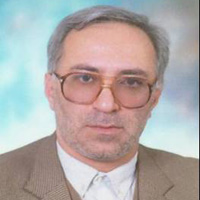Analysis of The Spatial Distribution of Local Games in Rural Areas (Case Study: Region Khoreshrostam)
It is obvious that space distribution studies the how, why and stating the dispersion of the social and economic phenomena in the form of place, i.e. the position of these phenomena. How is the way of human phenomena dispersion and what differences dose the environment provide? Why is position of the human phenomena different in various places? So, it is possible to observe different dispersion of one phenomenon in mountain and in plain. The same is true about local games. They differ in various geographical areas. In this research, we attempt to answer this critical question: Do the geographical and spatial factors lead to diversity and dispersion of the indigenous games in various rural areas? Also we attempt to analyze the relation between environment stability and the kind of indigenous game. This paper is an applied research and the method is descriptive-analytic one. Data collection method is documental and survey. The results of the surveys through recognition and ranking those villages which have indigenous and local games in Khoresh Rostam region; also the social sustainability index for 90 individuals (over 40) in the villages show that the geographical factors affected severely on the villages' local games. Also they revealed that indigenous games (traditional and modern) have affected the villages' social sustainability i.e. traditional games are more effective than modern games on this concern.
-
Evaluation of people's participation in the preparation of the rural guide plan (Case Study: Dehgolan County, Eilagh Southern District Villages)
Fardin Shiri, Mehdi Por Taheri*, Abdolreza Ruknuddin Eftekhari
Journal of Spatial Planning, -
Agricultural water governance assesment in related government organizations
Seid Aliakbar Azimi Dezfuoli *, Abdoreaz Ruknedin Eftekhari
Journal of Water and Irrigation Management,



